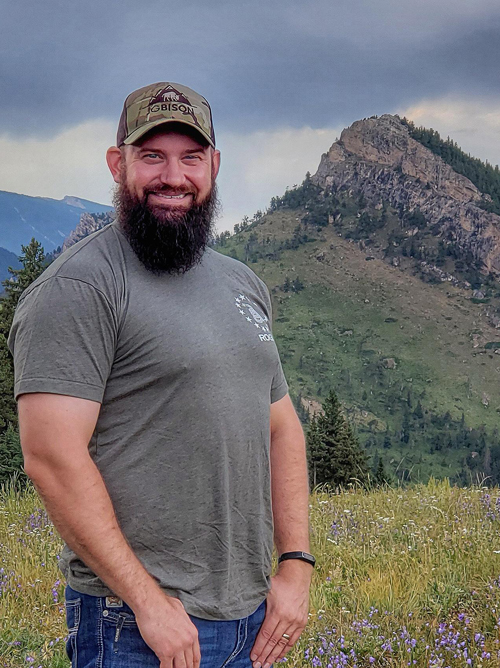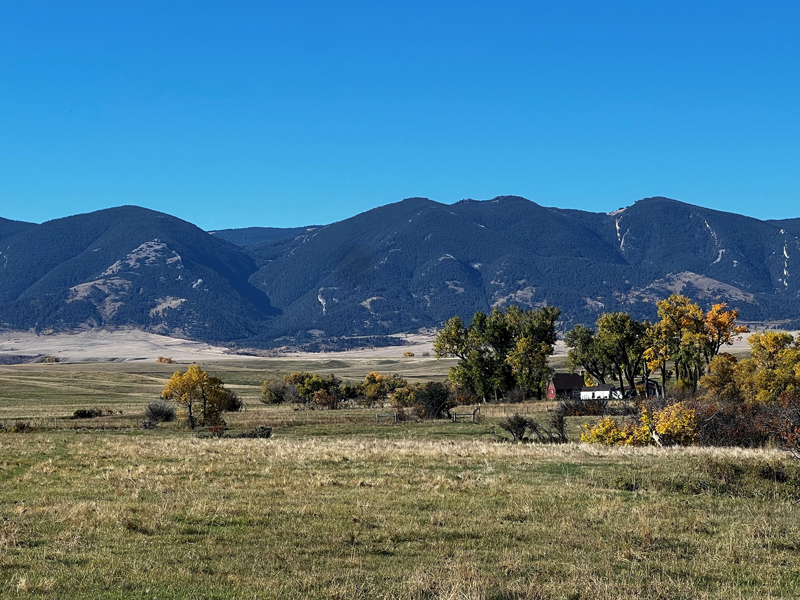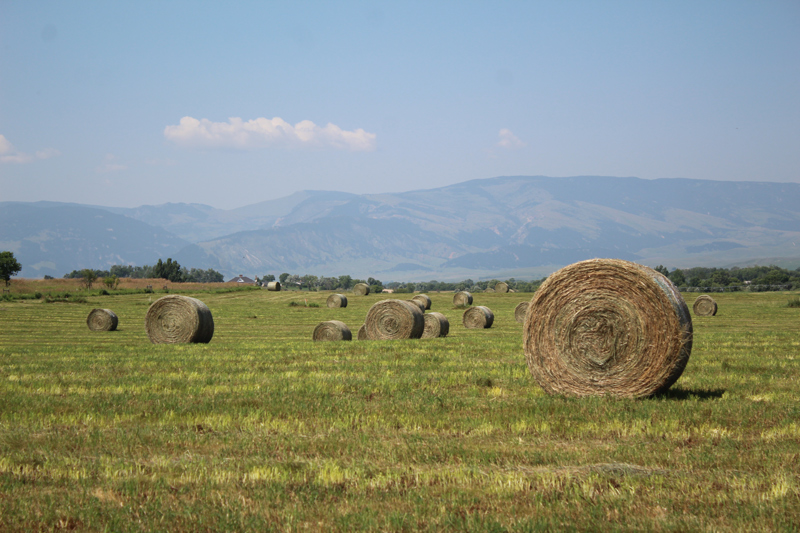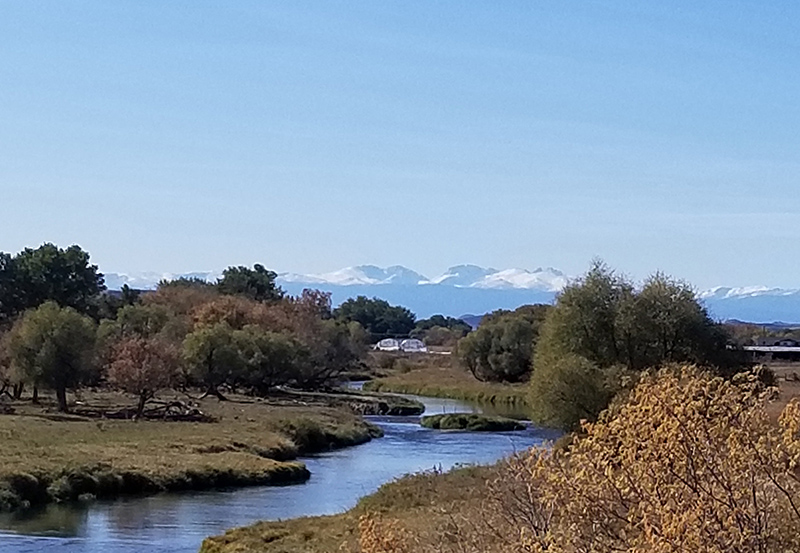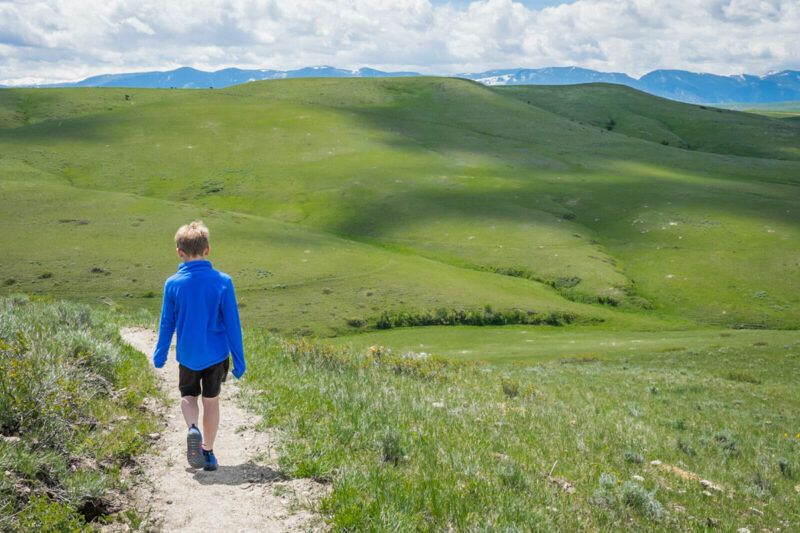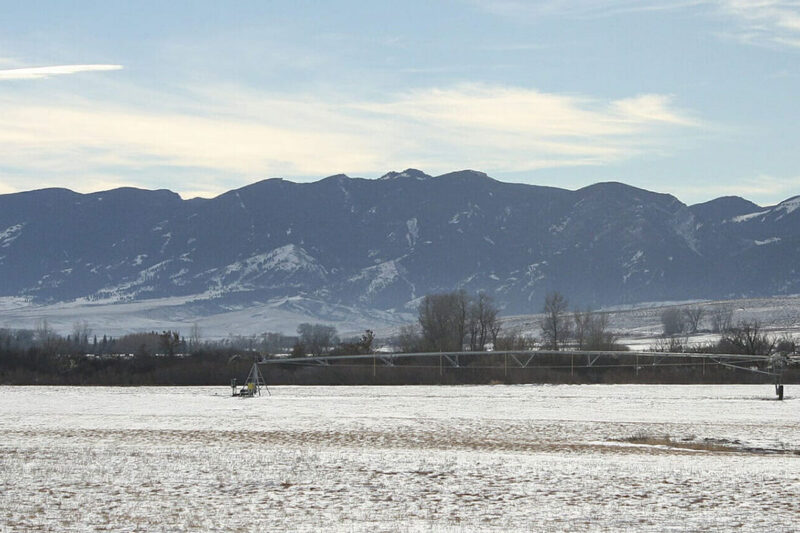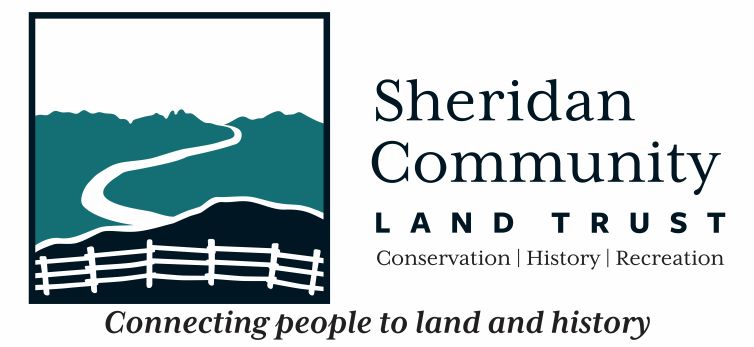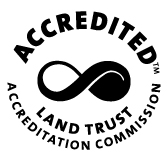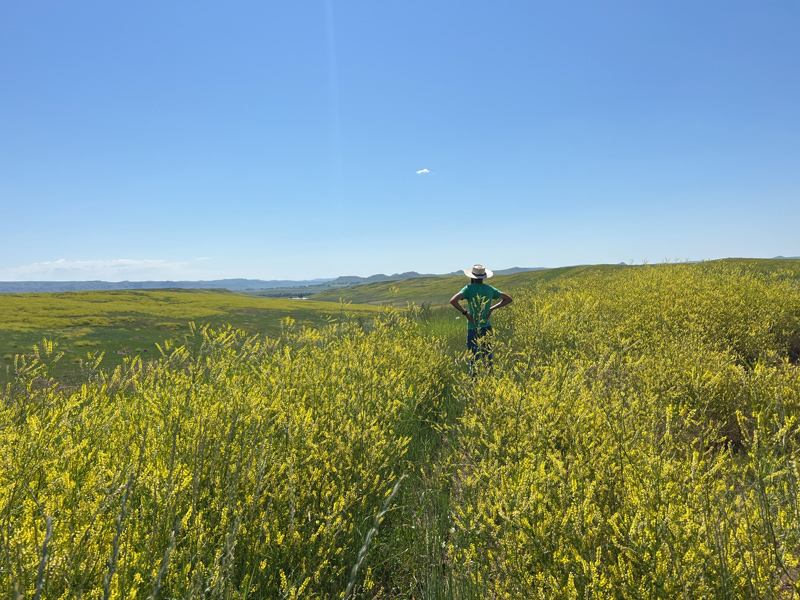
Stelindo Ranch Conservation Easement Stitches Divided Land Together, Parcel By Parcel.
In 2023, Steve and Linda Ough “stitched” a series of divided parcels “together” through a conservation easement that maintains their land’s historic agricultural use and improves the ability of mule deer and antelope to move across the land to feed, breed, and rear their young.
Stitching divided land together, parcel by parcel at Stelindo Ranch
If you’re a mule deer or a pronghorn, Sheridan County’s sage-covered hills and grass-carpeted meadows east of Interstate 90 seem like the perfect place to feed, breed, and raise your young. But over time, more and more homes and the roads and fences that divide them have created challenging corridors and perilous pathways for wildlife to cross.
It is a core tension in growing rural communities where wildlife and agriculture are squeezed out as new homes are squeezed in. Steve and Linda Ough saw this happen to another small city over 25 years.
“It saddened us as we watched the open space near the town being developed and shrinking,” they said, and described locked gates and blocked access to hiking and riding trails. “Fewer people seemed to care about preserving the land and the historically agricultural way of life.”
Steve and Linda chose to preserve what they could by stitching a set of smaller parcels together here to create the Stelindo Ranch.
“We chose to conserve our land to preserve the serenity of the area, to give wildlife a bit more space to call home, to help preserve and enhance the wildlife habitat and agricultural use of the land rather than see it subdivided and developed into residential properties,” they reasoned.
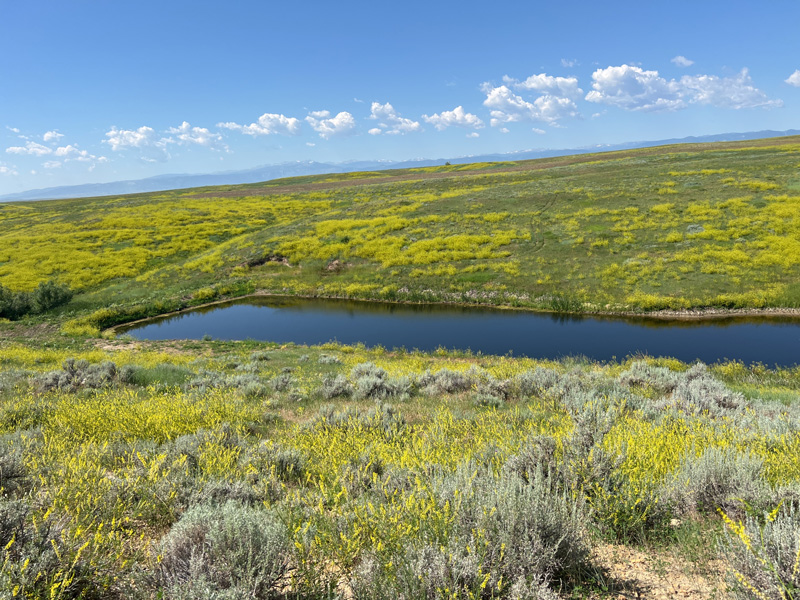
Conservation as a Plan for Your Land
Steve and Linda worked with Sheridan Community Land Trust to voluntarily conserve their land through a conservation easement that they said “preserves and honors the beauty of the land and its wildlife, and along with that comes the quiet and solitude that every soul needs.”
“The land we are conserving is special to us because of the gently rolling hills, the gullies running with seasonal waters, the many small ponds, and the abundance of wildlife. Deer and antelope, many species of birds, and, yes, rattlesnakes all live on the property,” they explained.
Many species call Steve and Linda’s land home because it contains prairie grasslands and sagebrush shrublands intermixed with wetlands, seasonal streams, and the vital vegetation that grows along them. That makes it an essential pronghorn habitat year-round and a critical wintering ground for mule deer.
SCLT Conservation Director Meghan Kent said, “Steve and Linda’s project was unique because they saw the value in ‘stitching’ their multiple parcels back together, which keeps a larger landscape intact. The property borders state land, so there is even more value in connecting even more habitat.”
Steve and Linda had several goals for their land. They wanted to ensure it “would not be subdivided and used for residential development but preserved for agricultural use and wildlife habitat.” They want to restore it to its historical agricultural use, like hay and grazing, while improving connectivity for wildlife by removing unneeded barbed-wire fences and utilizing wildlife-friendly fence designs for horse pastures. They also hope to enhance habitat for birds like Sharp-tailed Grouse and Hungarian Partridge and fish and other aquatic wildlife.
“We want future generations to be able to enjoy the wild beauty of the land and the untamed creatures that live on it. We want there to always be a place of rest and solitude untouched by overcrowding,” they expressed.
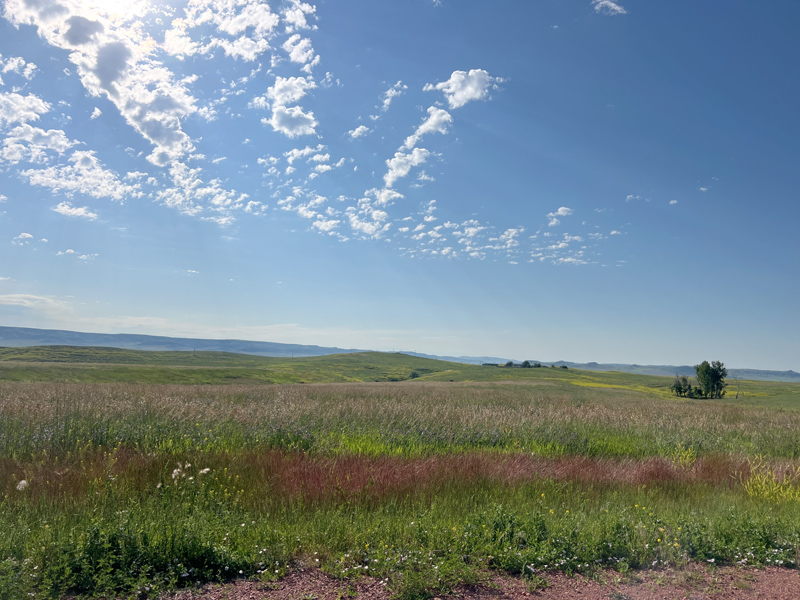
Staying local with shared goals, shared values
Steve and Linda chose to work with SCLT to stay local.
“SCLT is made up of a great group of people who share the same goals and value the lands around Sheridan as we do,” they relayed. “As a local conservation group, it only made sense to partner with like-minded people who appreciate and know the area as well as they do. Plus, everyone at SCLT has been a joy to work with, and the whole process went very smoothly.”
Meghan agreed, saying Steve and Linda’s commitment to conservation kept the process moving.
“As an accredited land trust, there are many requirements in our conservation easement process to make sure the property we are protecting is compatible with a conservation easement. In many cases, this can be a multi-year process, but Steve and Linda were steadfast in providing information about the property, scheduling appointments, and working with us to make sure this property was properly protected. We thank Steve and Linda for their commitment to conservation and generously donating this conservation easement,” she concluded.
Steve and Linda praised Meghan for working hard to meet their goals.
“Kudos especially to Meghan Kent, who spearheaded the project from the SCLT side,” they affirmed. “We explained our goals for the property, and SCLT was very helpful in ensuring that the appropriate language was in the agreement to accommodate those goals… SCLT worked quickly, walked us thoroughly through the entire process, and was very responsive to any questions or concerns.”
Because of that, Steve and Linda recommend working with SCLT to conserve land – something they see as vital to Sheridan County’s future.
“If another family were to consider conserving their land, we would tell them it is the right thing to do for future generations. It is a way to take care of and give back to the environment and to the wildlife that resides upon the land and help preserve a way of life that is too rapidly disappearing around Sheridan, Wyoming, and the entire West,” they said.
Steve and Linda join local families who have conserved open spaces, healthy rivers and creeks, working ranches, and wildlife habitat across Sheridan County. They now have a conservation agreement that meets their needs today and gives them peace of mind for the future. It also ensures the deer and antelope will have a place to play forever.
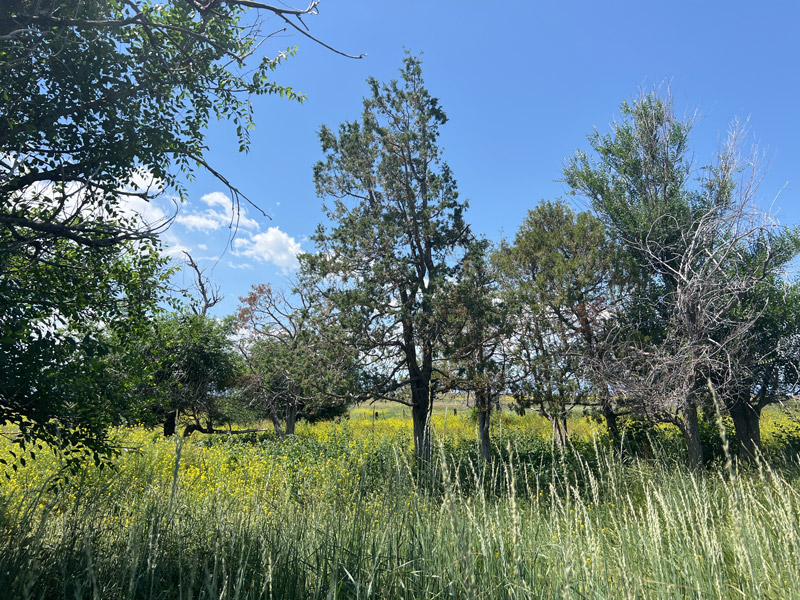
Questions?
Contact Us Today:
